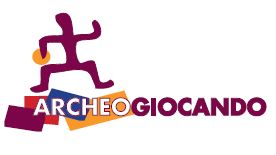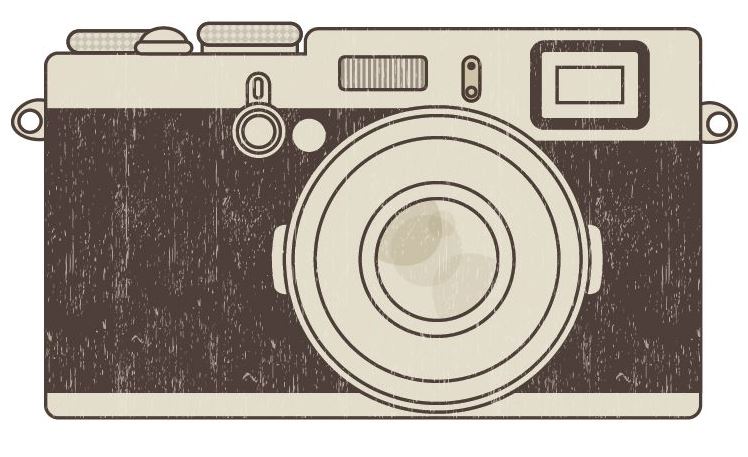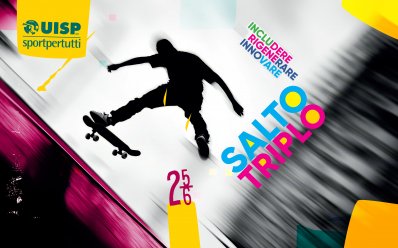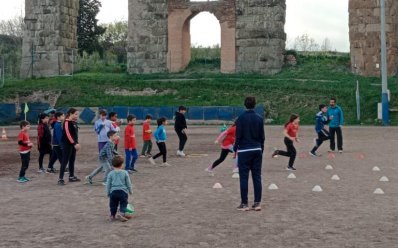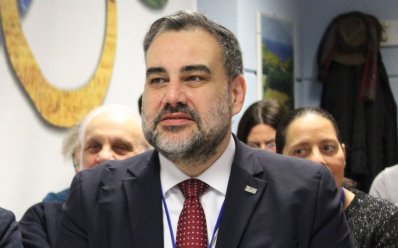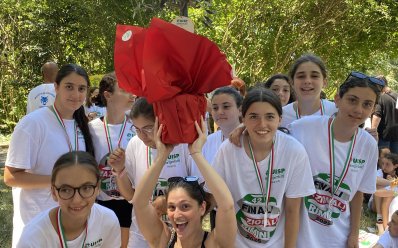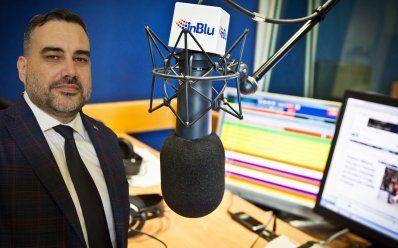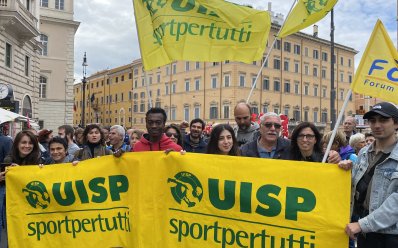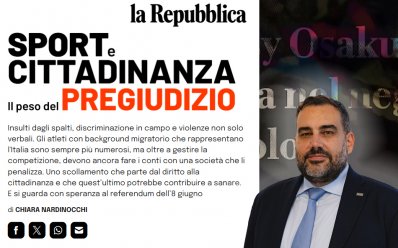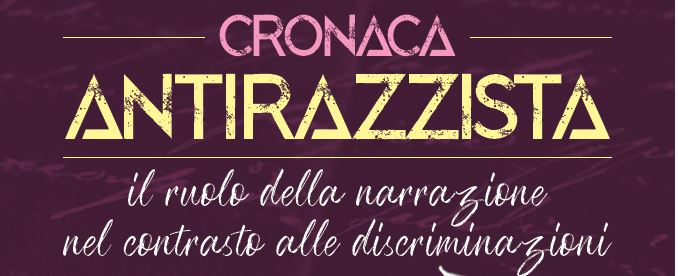ARCHEOGIOCANDO
Co-designing sports routes in the archaeological sites for the active use of cultural heritage
Duration: 12 months: 15th July 2016 - 14th July 2017
Location: It’s a national project with planned initiatives in 9 different regions involving as many archaeological sites.
- BASILICATA/Matera (MT) (Natural Archaeological Park of the Rock Churches of Matera)
- FRIULI VENEZIA GIULIA/Gorizia (GO) (Sites of Romans d'Isonzo and San Canzian d'Isonzo)
- LOMBARDIA/Brescia (BS) (Brixia. Archaeological Park of the Roman Brescia)
- MARCHE/Fabriano (AN) (Attidium Romanum and Archaeological Park of Sentinum)
- PUGLIA/Taranto (TA), Archaeological Park of Saturo; MISpa (Hypogeum Spartan Museum old city of Taranto); Marine Reserve “Palude la Vela”
- SARDINIA/Oristano (OR) (Domus de Janas dipinta di Mandras, Ardauli)
- SICILY/Erice (TP) (Archaeological sites of Segesta and Selinunte)
- UMBRIA/Perugia (PG) (Hypogeum of the Volumni, in Ponte San Giovanni)
- VALLE D'AOSTA/Aosta (AO) (Roman Theatre - megalithic Area of St. Martin De Corleans)
Applicant / Coordinator: UISP – Italian Sport For all Association
Partners: Uisp Local Committees in the cities involved
Funding body: Ministry of Labour and Social Policy in the context of the law 383/2000 - F/2015
SUMMARY:
The project is set up as an highly innovative experimental action to stimulate young people with personal motivation towards the use of cultural heritage, crucial resource to personal and social growth. Objective of the project is to test and model an educational proposal to promote enhancement and active use of cultural heritage by young people, based on the co-design of sports routes in the archaeological sites of the territory. For this purpose it envisages the activation of 9 experimental laboratories of co-design to be implemented in 1st grade secondary schools distributed throughout the national territory.
At the base of the project there is on one hand the finding of a lack of personal motivation in adolescents toward the use of cultural heritage, on the other hand, the belief that sport and the approach of co-design can be particularly useful tools to help forms of active enjoyment of the cultural heritage by young people, and particularly young people in disadvantaged and vulnerable social conditions.
The cultural heritage is a resource that can significantly contribute to personal and social enrichment. The active use of cultural heritage contributes, in fact, to feed the sense of belonging and identity, and produces spiritual, personal, social, civil and also economic wealth for local development and job growth. Bringing young people to the cultural heritage entails, therefore, is an opportunity for personal growth and promotion of active citizenship forms with repercussions on development (social and economic) of the territory.
Hence the idea of proposing to young people (10-14 years) to use cultural heritage in more stimulating and motivating ways, in particular to explore the potential of the archaeological sites of its territory as aggregation space for sports activities as well as purely cultural interest place, and to be actors in a co-design of sports and cultural paths in the same sites.
In this sense, the archaeological sites on the territory would become grounds of testing and participatory planning of sports routes, combining cultural visit to sports activity. The chosen activities will also be the result of a research on the origins of sports (such as archery, running, long jump), which will be conducted at school as part of the laboratory work. Where possible, the sports facilities will be built by the students themselves.
OBJECTIVES AND EXPECTED RESULTS:
• Testing an intervention model aimed to encourage the active use of cultural heritage by young people, through the co-design of sports routes in the archaeological sites of the territory;
• Spreading in the local communities of the intervention the culture of protection and enhancement of cultural and environmental heritage;
• Bringing young people to the cultural offerings of its territory;
• Re-processing the archaeological spaces also as a youth space for sports activities;
• Promoting forms of active and responsible citizenship of adolescents;
• Promoting effective collaboration between the different actors engaged in the territory in the world of culture and adolescence;
• Informing and raising awareness on the issues and the opportunities subjects of the intervention;
• Improving the skills of the educators on the issues of the project;
• Encouraging young people participating in the project the knowledge and the enhancement of the environmental, historical and artistic heritage present in the reference area and stimulate personal motivation to its use;
• Promoting among young people the knowledge of the origins of sport;
• Creating opportunities of personal growth for young people involved in synergy with the territory;
• Tutoring to participants in the post project phase (sustainability) in order to avoid "fade effect".
PROJECT ACTIONS:
The project lasted 12 months (15th July 2016 -14th July 2017) providing for the development of 9 experimental laboratories: Aosta, Brescia, Fabriano, Gorizia, Matera, Oristano, Perugia, Taranto, Trapani to encourage among 500 young people, beneficiaries of the project, the enhancement and the active use of cultural heritage through the co-design of sports routes in the archaeological sites of the territory.
In a first phase, they formed the local unit of work and a national unit, which monitored the work carried out in the territories and guaranteed the exchange of information between them.
Then the local units proceeded to the involvement of the beneficiaries and the testing - based on the co-design with students - of sports routes both in the planning phase and in the organization of activities, according to a model of self and shared formation by the group (peer education) methodologically valid for the purpose of improving creative skills and effective and positive actions: thus the students assume an active role and encourage self-management activities.
In particular adolescents have been taken to the archaeological sites where they realized sports and cultural routes, declined depending on the characteristics and history of the area and the archaeological site itself. The chosen sports activities were the result of a research on the origins of sports (archery, running, long jump) conducted at school as part of the laboratory work. They have also been organized local final events entirely designed and created by the students.
The project has been monitored and evaluated by an external body, to facilitate the transferability and reproducibility of the process, following research tools such as questionnaires ex ante and ex post, in-depth interviews, focus groups, and participant observation. A report on the effectiveness of sports practice in the promotion of cultural heritage has been elaboratedand at the end of the project has been produced a portfolio collecting the 9 experiences.
Fore more info: progettazione@uisp.it
Ufficio progetti - Sede Uisp Nazionale
L.go Nino Franchellucci, 73 00155 Roma
Tel.: +39.06.43984350 - 345 - 346
Fax: 06.43984320
e-mail: progetti@uisp.it

